Introduction
Lithium Iron Phosphate (LiFePO4 or LFP) batteries have gained significant popularity in recent years due to their superior safety, long lifespan, and environmental benefits compared to other lithium-ion chemistries. While all lithium-based batteries carry some risks, LiFePO4 batteries are widely regarded as one of the safest options available today.
This blog post will explore the safety aspects of LiFePO4 batteries, including their chemical stability, thermal performance, common safety concerns, and best practices for safe usage. Whether you're using them in electric vehicles (EVs), solar energy storage, or portable electronics, understanding their safety features is crucial for maximizing performance and minimizing risks.
1. Understanding LiFePO4 Battery Chemistry
1.1 What Makes LiFePO4 Different?
LiFePO4 batteries belong to the lithium-ion family but use iron phosphate (FePO4) as the cathode material instead of cobalt or nickel-based compounds found in Lithium Cobalt Oxide (LiCoO2) or Lithium Nickel Manganese Cobalt Oxide (NMC) batteries.
Key advantages of LiFePO4 chemistry:
- Thermal Stability: The phosphate-based cathode is inherently more stable, reducing the risk of thermal runaway.
- Non-Toxic Materials: Unlike cobalt-based batteries, LiFePO4 batteries do not contain toxic heavy metals.
- Longer Lifespan: They typically last 2,000–5,000 charge cycles, compared to 500–1,000 cycles for traditional lithium-ion batteries.
1.2 Why Are LiFePO4 Batteries Safer?
The primary safety benefits stem from their chemical structure:
- Higher Thermal Runaway Threshold: LiFePO4 batteries can withstand higher temperatures (up to 270°C/518°F) before decomposing, whereas NMC or LiCoO2 batteries may fail at around 150–200°C (302–392°F).
- Stable Electrolyte Composition: The electrolyte in LiFePO4 batteries is less prone to combustion.
- Lower Risk of Short Circuits: The robust crystal structure minimizes the formation of metallic lithium dendrites, which can cause internal short circuits.
2. Common Safety Risks in Lithium Batteries
While LiFePO4 batteries are safer than other lithium-ion variants, they are not entirely risk-free. Understanding potential hazards helps in proper handling and storage.
2.1 Overcharging and Over-Discharging
- Overcharging can lead to excessive heat, gas buildup, and electrolyte breakdown.
- Over-discharging (below 2.5V per cell) can cause irreversible damage and reduce lifespan.
- Solution: Use a Battery Management System (BMS) to regulate voltage and prevent extreme charge/discharge conditions.
2.2 Thermal Runaway (Though Rare in LiFePO4)
Thermal runaway is a chain reaction where excessive heat leads to battery failure. While LiFePO4 batteries are highly resistant, extreme abuse (e.g., puncturing, external fire) can still cause failure.
2.3 Physical Damage and Short Circuits
- Crushing, puncturing, or exposing the battery to water can lead to short circuits.
- Solution: Use durable battery enclosures and avoid mechanical stress.
2.4 Poor Manufacturing Quality
Low-quality LiFePO4 batteries may lack proper BMS protection or use substandard materials, increasing safety risks.
- Solution: Purchase from reputable manufacturers (e.g., CATL, BYD, A123 Systems).
3. Safety Features of LiFePO4 Batteries
3.1 Built-in Battery Management System (BMS)
A high-quality BMS ensures:
- Overcharge/over-discharge protection
- Temperature monitoring
- Cell balancing for uniform charging
- Short-circuit and overcurrent protection
3.2 Robust Mechanical Design
- Puncture-resistant casing prevents internal short circuits.
- Ventilation systems release gas buildup safely.
3.3 Flame-Retardant Materials
Some LiFePO4 batteries use flame-retardant separators and electrolytes to further enhance safety.
4. Best Practices for Safe Usage
4.1 Proper Charging Practices
- Use a LiFePO4-compatible charger (avoid lead-acid chargers).
- Do not charge below freezing (0°C/32°F) without a low-temperature cutoff.
4.2 Storage and Handling
- Store in a cool, dry place (ideally 15–25°C / 59–77°F).
- Keep at 30–50% charge for long-term storage.
4.3 Installation and Maintenance
- Ensure proper ventilation in battery enclosures.
- Regularly inspect for swelling, leaks, or unusual heat.
4.4 Transportation and Disposal
- Follow UN38.3 certification for safe shipping.
- Recycle LiFePO4 batteries at certified facilities (they are non-toxic but still contain recoverable materials).
5. Comparing LiFePO4 to Other Lithium Chemistries
| Feature | LiFePO4 | NMC/NCA | LiCoO2 (Traditional Li-ion) |
|---|---|---|---|
| Thermal Runaway Risk | Very Low | Moderate | High |
| Cycle Life | 2,000–5,000 | 1,000–2,000 | 500–1,000 |
| Energy Density | Lower (~150 Wh/kg) | Higher (~200–250 Wh/kg) | High (~150–200 Wh/kg) |
| Cost | Moderate | High | High |
| Environmental Impact | Low (no cobalt) | Moderate (contains nickel/cobalt) | High (cobalt mining concerns) |
LiFePO4 is the safest choice for applications where longevity and safety outweigh the need for ultra-high energy density (e.g., solar storage, marine/RV use).
6. Real-World Applications and Safety Performance
6.1 Electric Vehicles (EVs)
- Tesla and BYD use LiFePO4 in some models due to its safety and longevity.
- Lower fire risk compared to NMC batteries.
6.2 Solar Energy Storage
- Home battery systems (e.g., Tesla Powerwall, Sonnen) increasingly use LiFePO4.
- Safer for indoor installation due to minimal off-gassing.
6.3 Marine and RV Use
- LiFePO4 batteries are preferred for their stability in confined spaces.
7. Future Developments in LiFePO4 Safety
- Solid-State LiFePO4 Batteries: Even safer with no liquid electrolyte.
- AI-Based Battery Monitoring: Predictive analytics to detect early failure signs.
Conclusion
Lithium Iron Phosphate (LiFePO4) batteries are among the safest energy storage solutions available today. Their inherent thermal stability, long lifespan, and non-toxic materials make them ideal for EVs, solar storage, and off-grid applications. While no battery is entirely risk-free, following best practices—such as using a quality BMS, proper charging, and avoiding physical damage—ensures maximum safety.
As technology advances, LiFePO4 batteries will likely become even safer, reinforcing their position as the go-to choice for reliable and secure energy storage.
Final Safety Checklist for LiFePO4 Batteries
✅ Use a certified BMS
✅ Avoid extreme temperatures
✅ Charge with a compatible charger
✅ Store at partial charge if unused
✅ Inspect regularly for damage
By following these guidelines, you can enjoy the benefits of LiFePO4 batteries with minimal safety concerns.
Would you like recommendations for specific LiFePO4 battery brands or additional safety tips? Let us know in the comments!

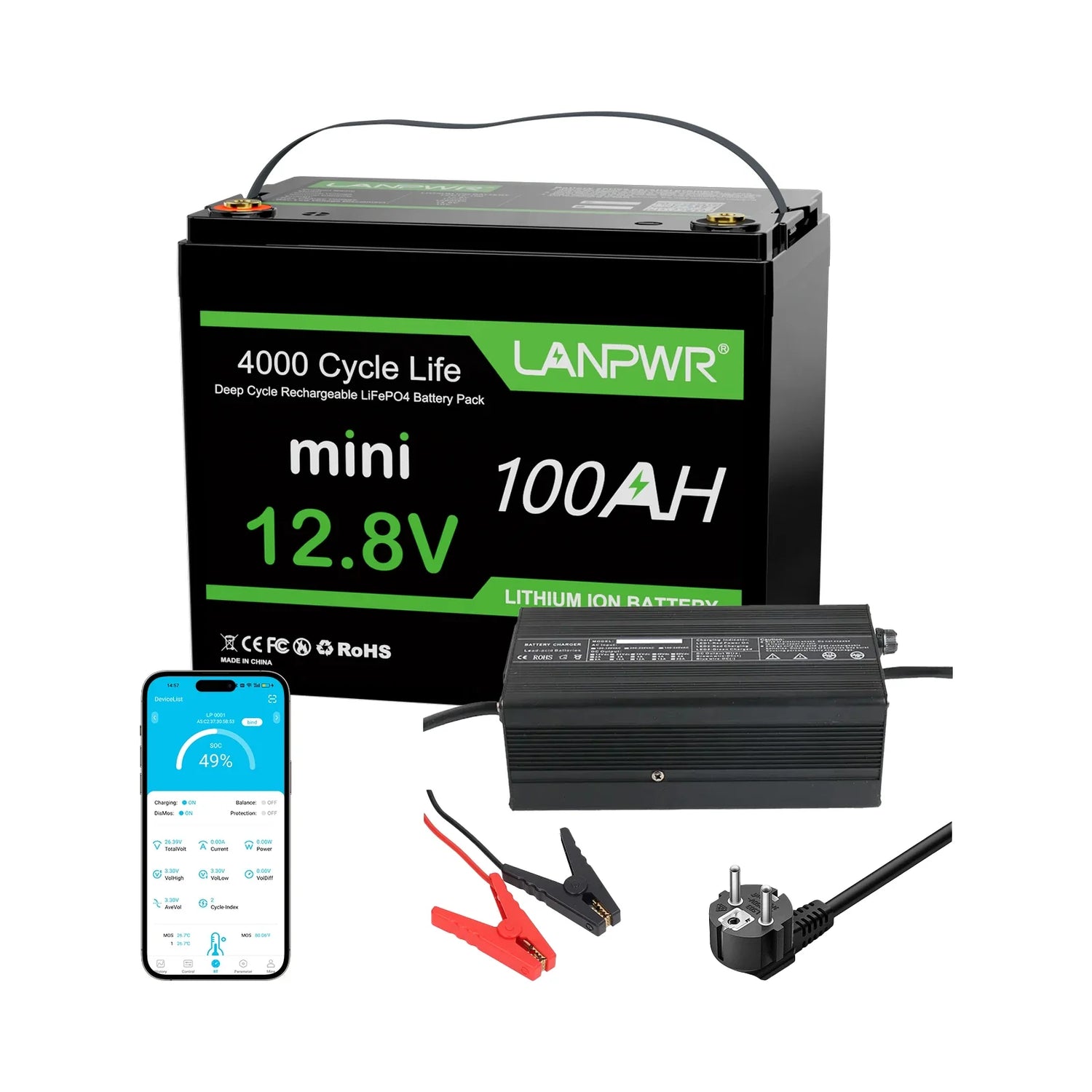
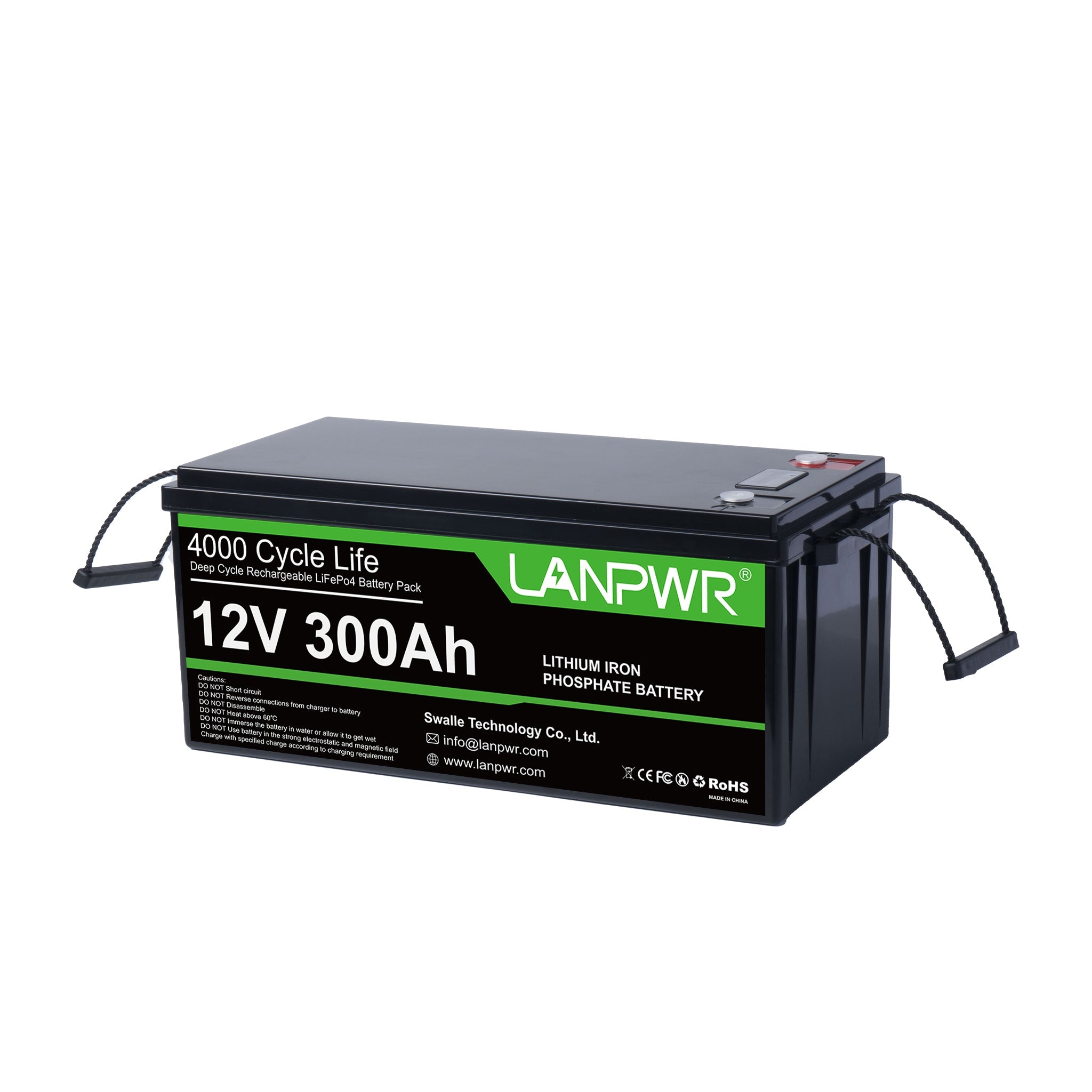
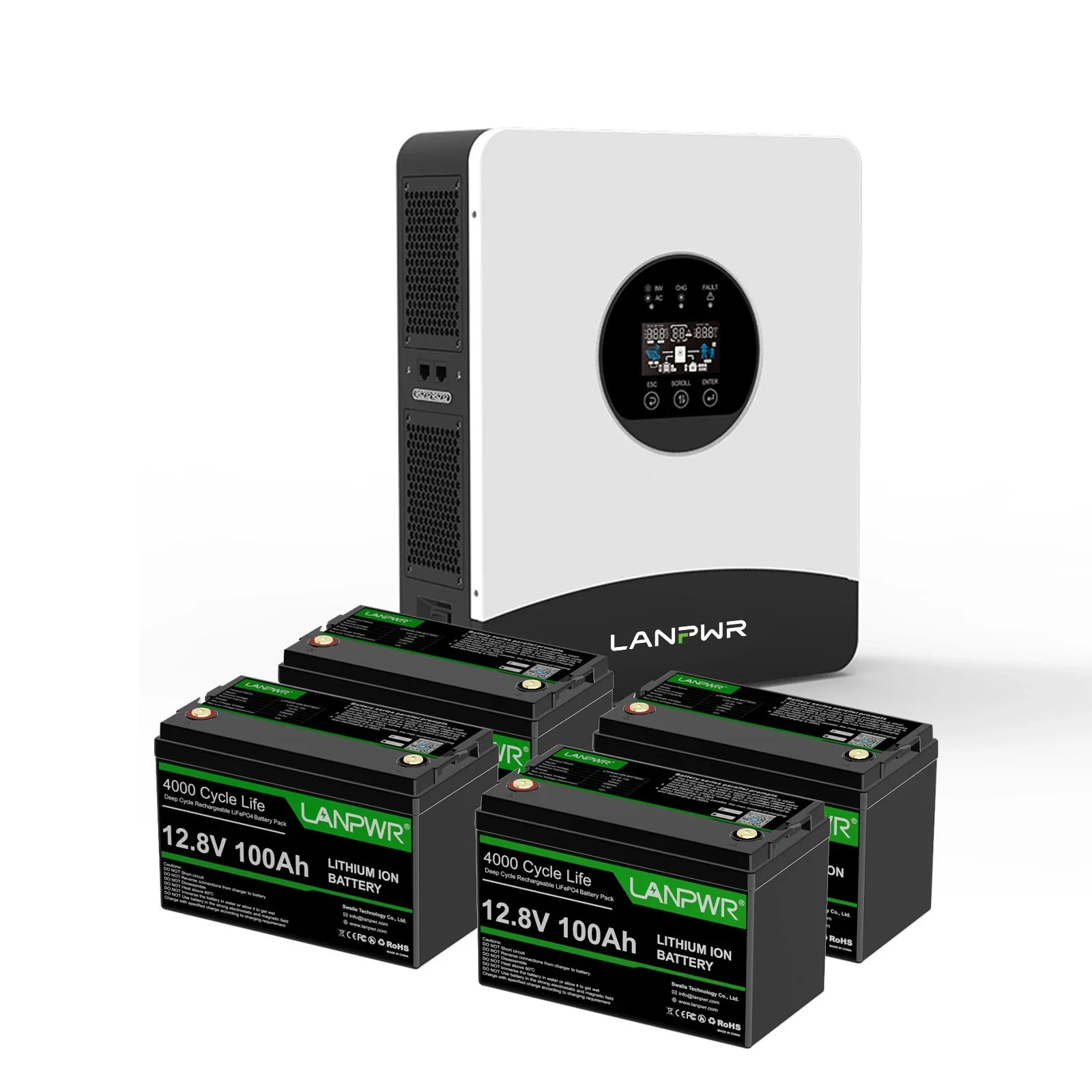
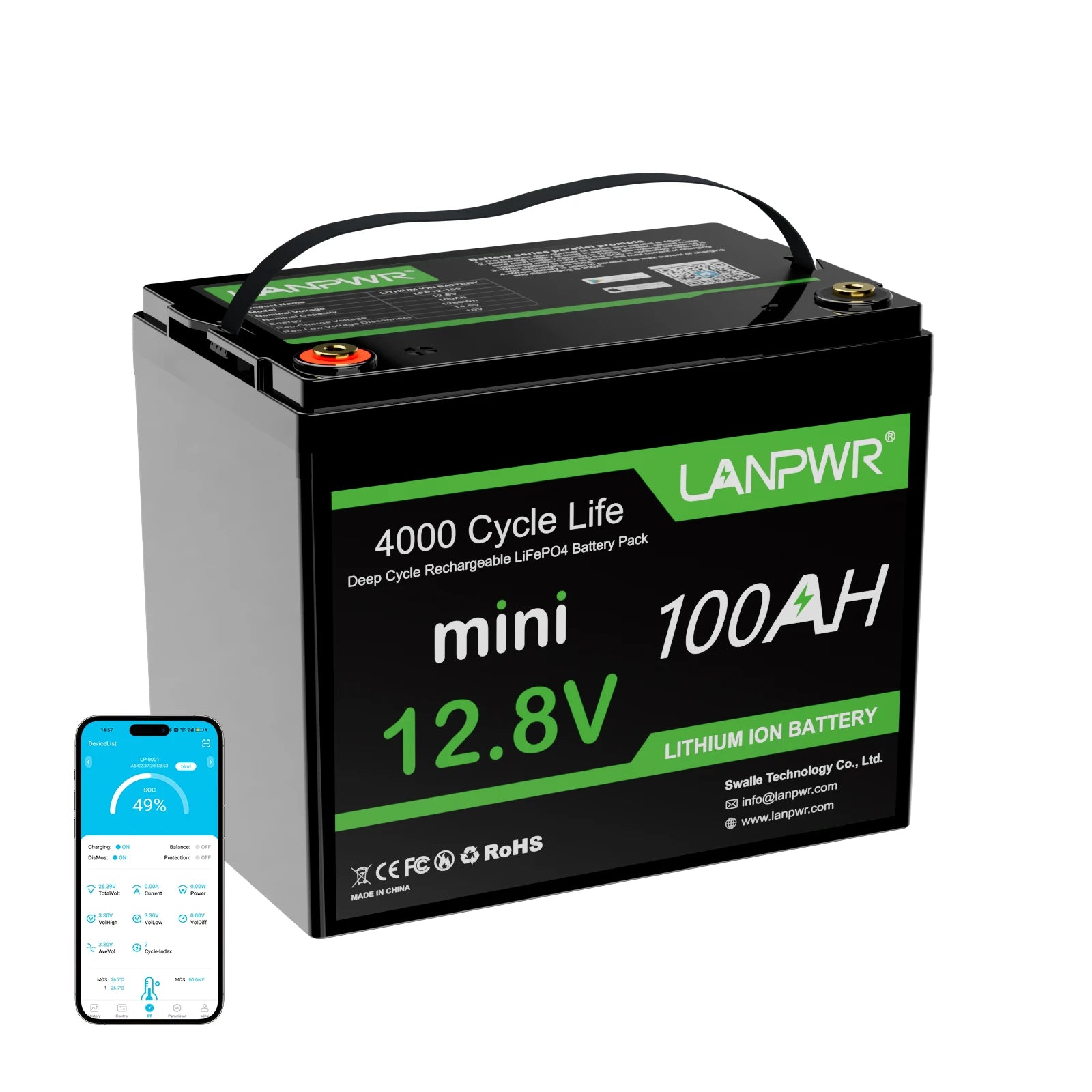

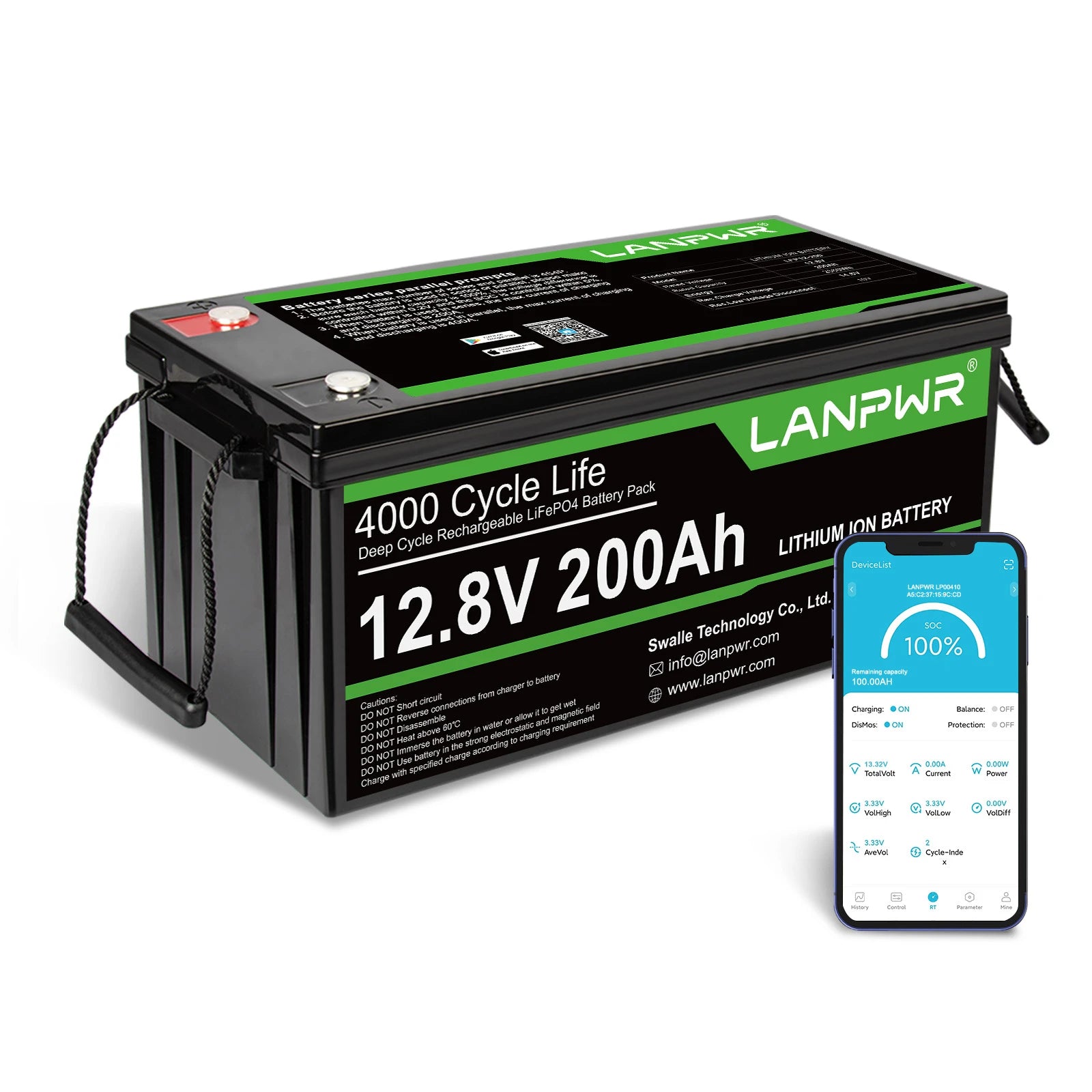
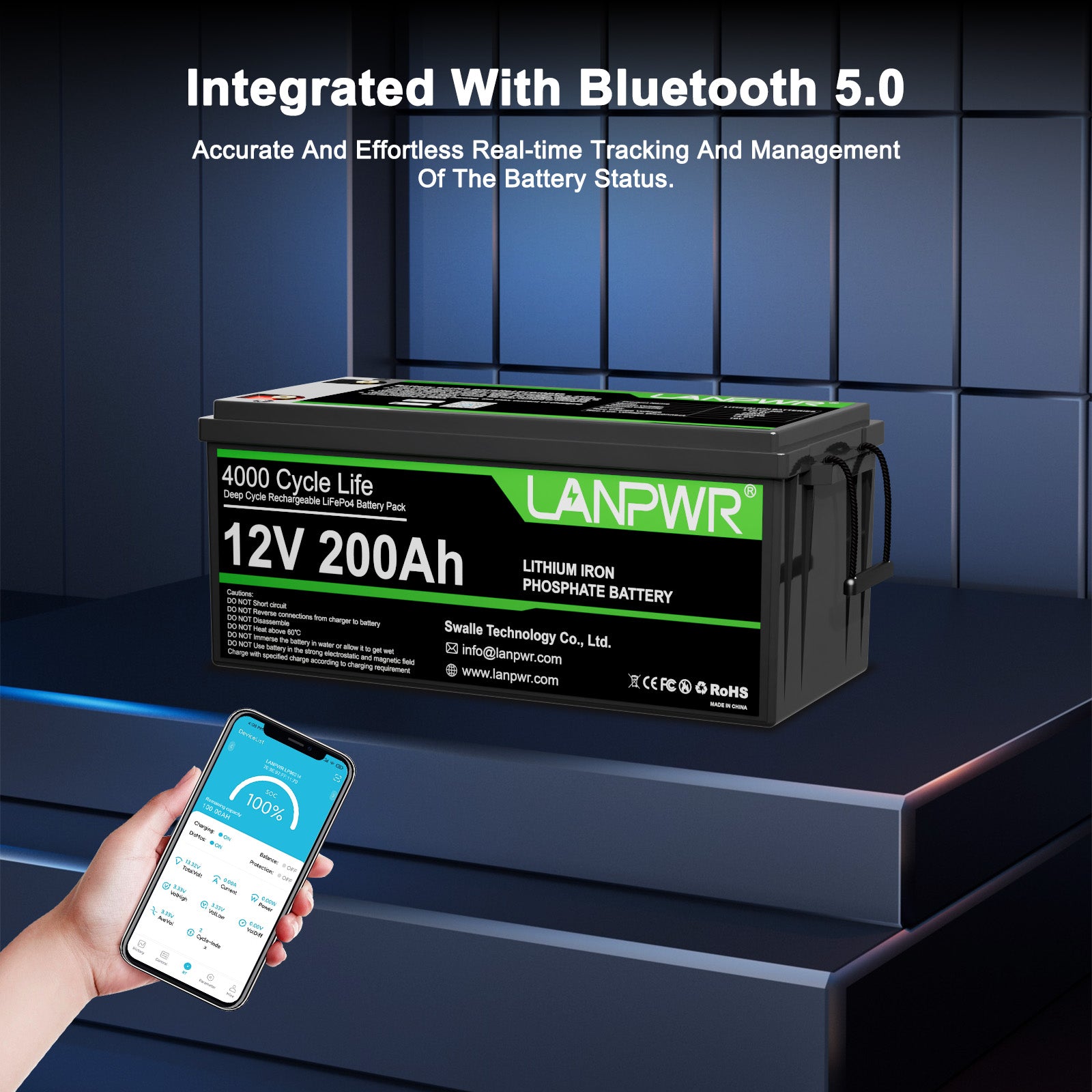
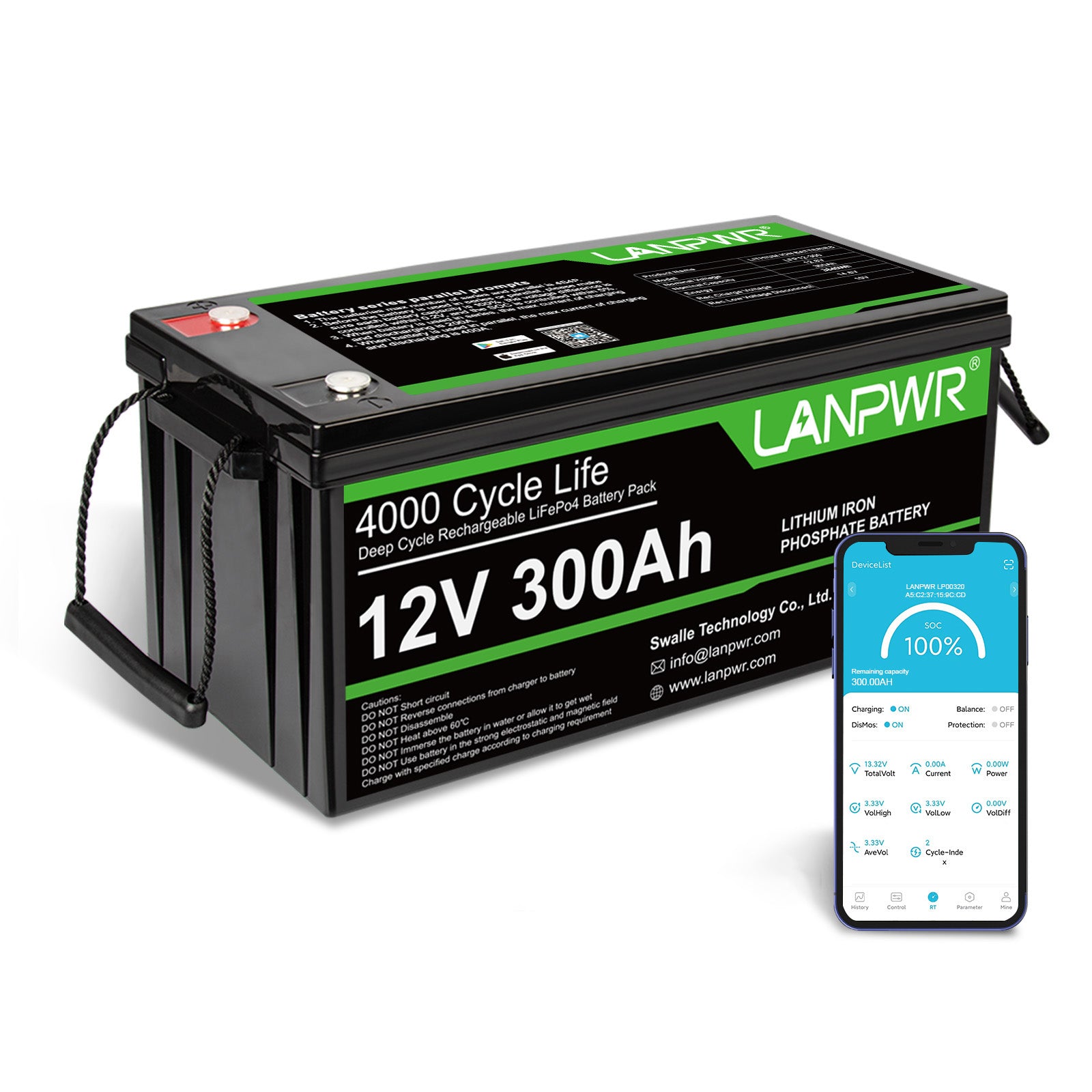





Leave a comment
This site is protected by hCaptcha and the hCaptcha Privacy Policy and Terms of Service apply.